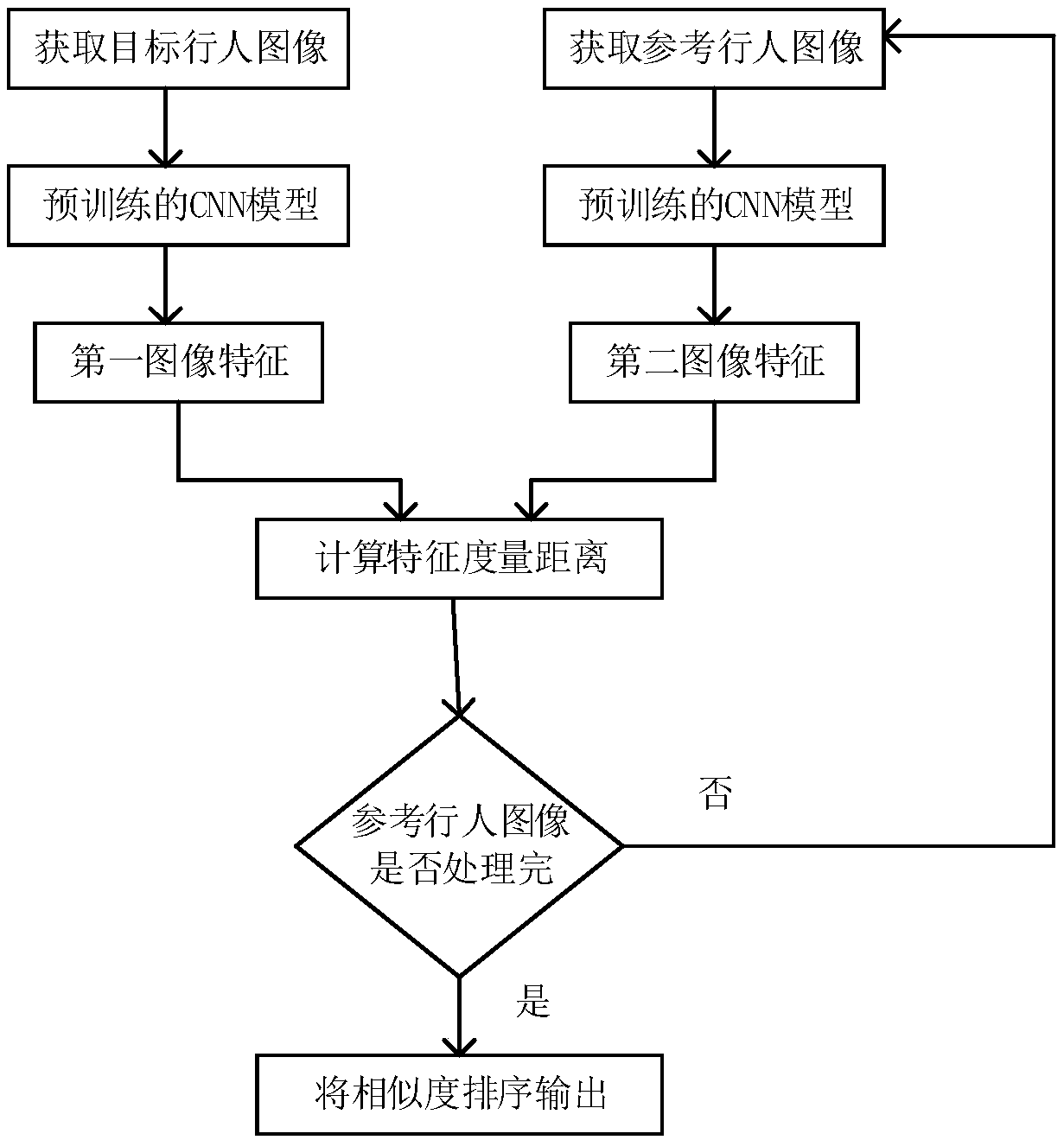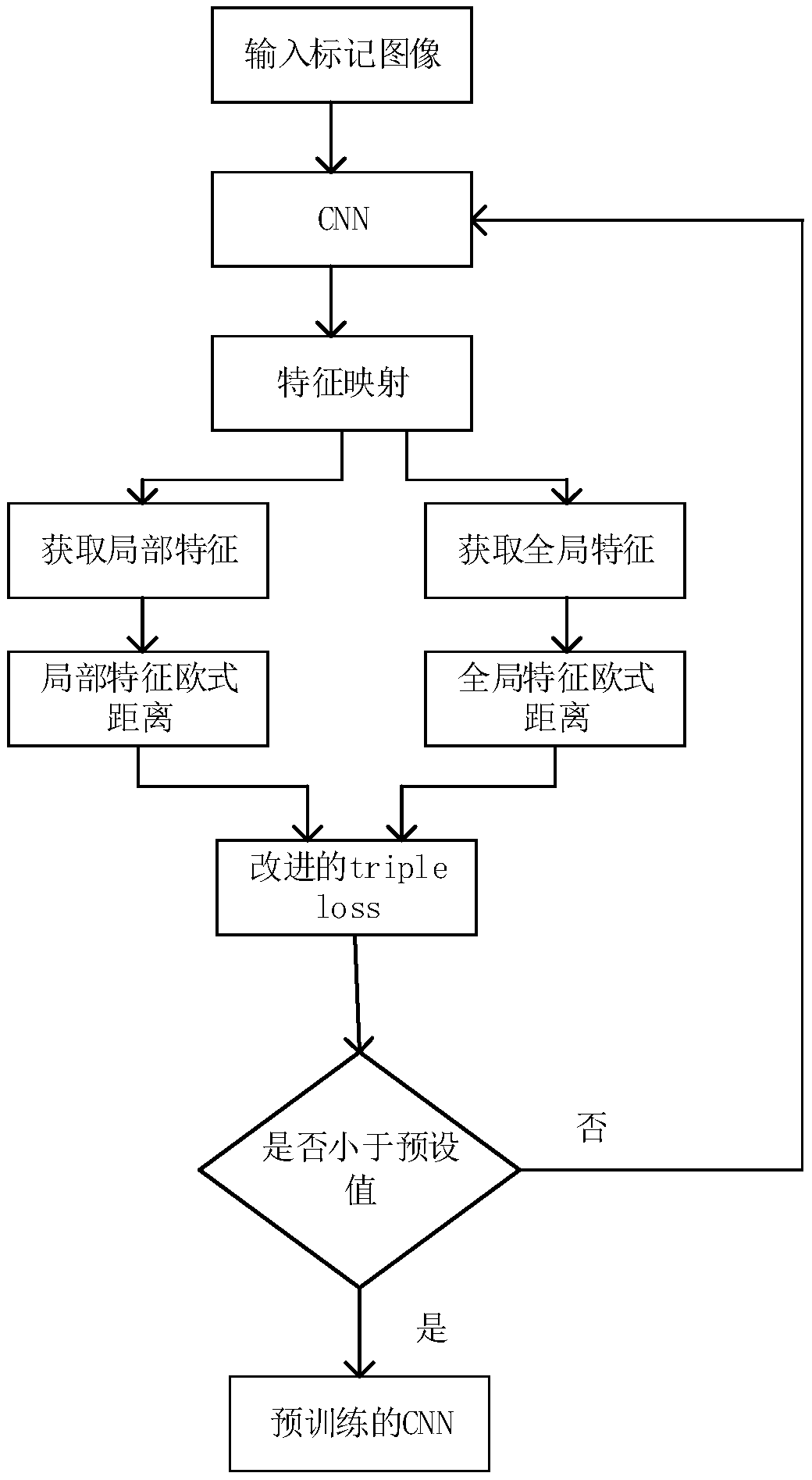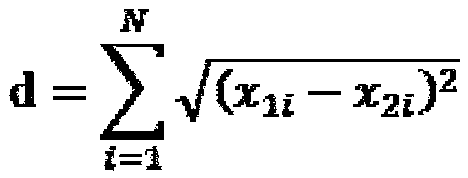A pedestrian re-recognition method based on depth learning
A pedestrian re-identification and deep learning technology, applied in the fields of digital image processing and computer vision, can solve the problem that the similarity of pedestrian apparent features cannot obtain a good re-identification effect, the camera loses continuous position and motion information, and the pedestrian detection frame Affecting problems such as feature learning, to avoid overfitting, fast speed, and stable algorithm
- Summary
- Abstract
- Description
- Claims
- Application Information
AI Technical Summary
Problems solved by technology
Method used
Image
Examples
Embodiment Construction
[0047] In order to facilitate those of ordinary skill in the art to understand and implement the present invention, the present invention will be described in further detail below in conjunction with the examples. It should be understood that the implementation examples described here are only used to illustrate and explain the present invention, and are not intended to limit the present invention.
[0048] Such as figure 1 Shown is a flowchart of the pedestrian re-identification method based on deep learning in the present invention, and the specific steps of the pedestrian re-identification method are as follows:
[0049] Step 1: Pre-trained CNN model
[0050] The pre-training CNN method proposed by the present invention includes pedestrian feature extraction and feature measurement. Pedestrian feature extraction adopts the method of fusing global features and local features, and the feature measure uses Euclidean distance as the similarity measure. Under the distance cons...
PUM
 Login to View More
Login to View More Abstract
Description
Claims
Application Information
 Login to View More
Login to View More - R&D
- Intellectual Property
- Life Sciences
- Materials
- Tech Scout
- Unparalleled Data Quality
- Higher Quality Content
- 60% Fewer Hallucinations
Browse by: Latest US Patents, China's latest patents, Technical Efficacy Thesaurus, Application Domain, Technology Topic, Popular Technical Reports.
© 2025 PatSnap. All rights reserved.Legal|Privacy policy|Modern Slavery Act Transparency Statement|Sitemap|About US| Contact US: help@patsnap.com



